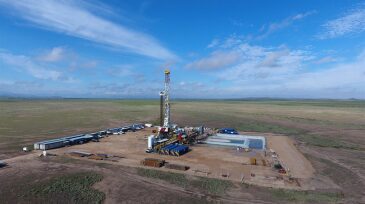oil prices
-
Shut-ins and planned production cuts have not affected crude prices, say industry experts.“It’s like trying to explain something that is unprecedented and seemingly unreal."
-
Not everybody suffers when US oil producers slash production. Among the beneficiaries could be US gas producers who will benefit because less oil production will mean a lot less gas on the US market.
-
Exploration commitments are expected to dwindle in the current market environment.
-
With oil prices at historic lows and with COVID-19 supply chain disruptions, the time has come to evaluate supply chain and procurement strategies, sourcing techniques, and costs.
-
US shale operators are cutting deeper, with some eliminating drilling and completions activity altogether.
-
The prescribed treatment for market- and virus-induced oil price collapse is to quickly slow production growth. Two US shale companies moved swiftly to cut the pace of drilling and completions, but it is too soon to know if that will have any impact.
-
Heavy production spiked in two Canadian wells heated by an electric cable, but it is hard to find customers there at a time when Canadian oil prices and customers remember cables in the past that died young.
-
The recent jump in oil price could create additional momentum for margins in the service sector. With shale euphoria wearing off, service company margins are still showing some resiliance. If the price hike persists into 4Q 2019, increased activity could improve pricing further.
-
Oil prices have fallen since early October in lockstep with the plunge in 2014. But this time oil companies appear better able to deal with a tough situation.
-
The oilfield services sector showed steady revenue growth in 2018 thanks, in part, to increased project sanctioning. With the oil price falling $20 in the past 2 months, however, the future may be murkier than expected.










